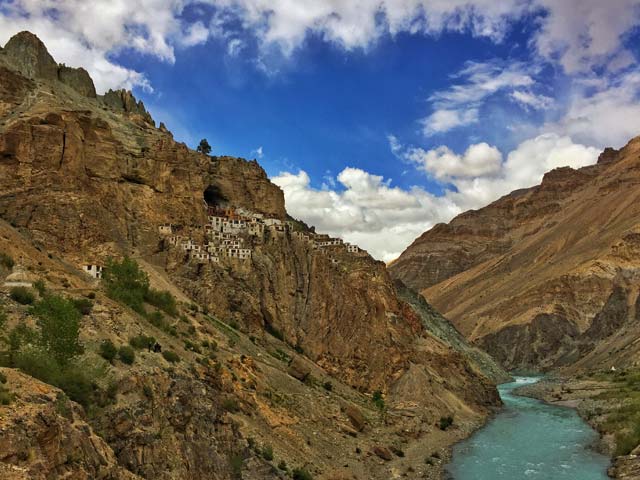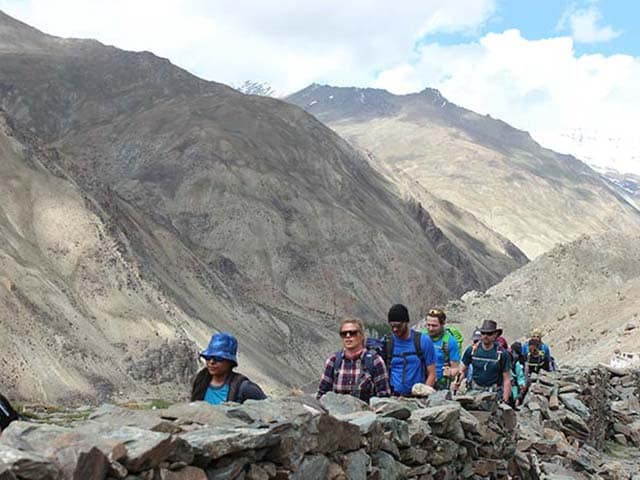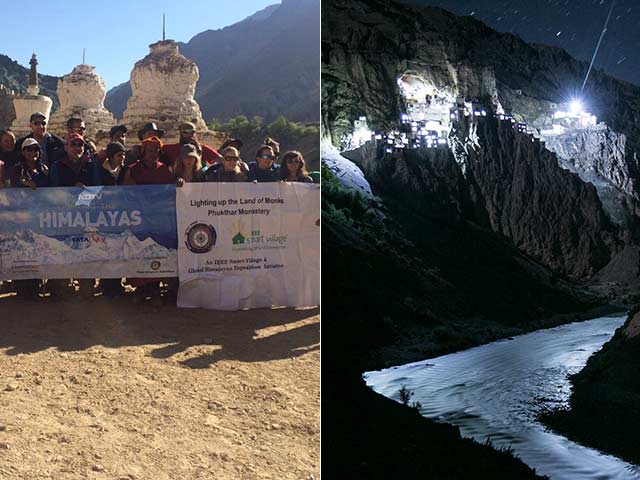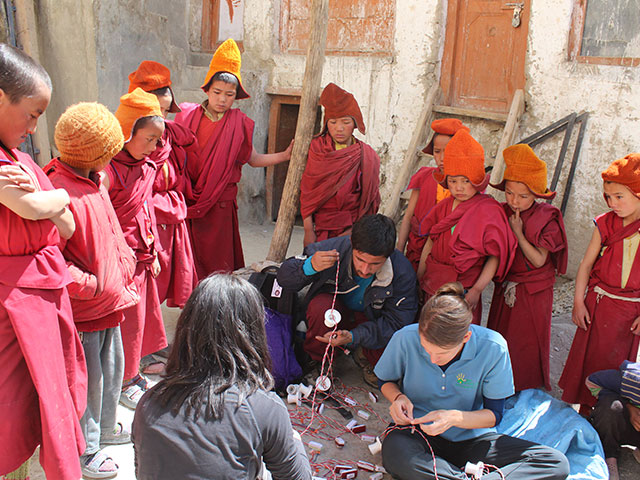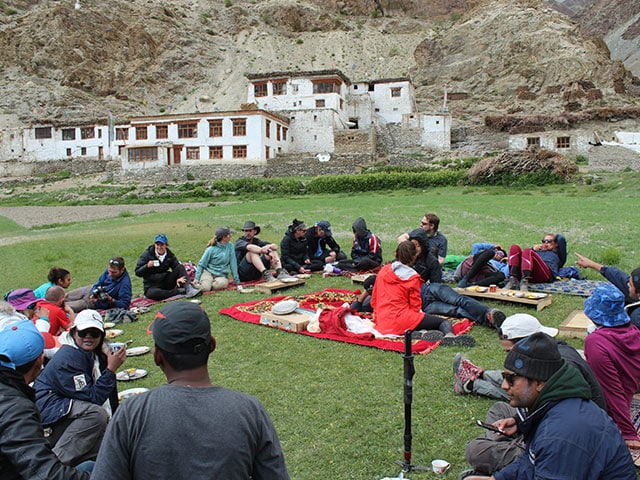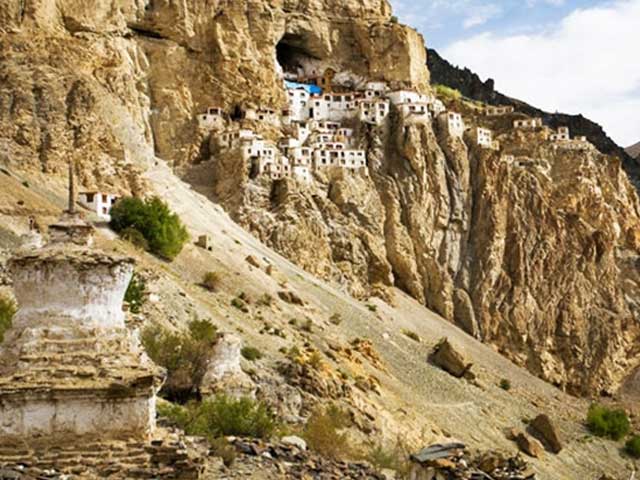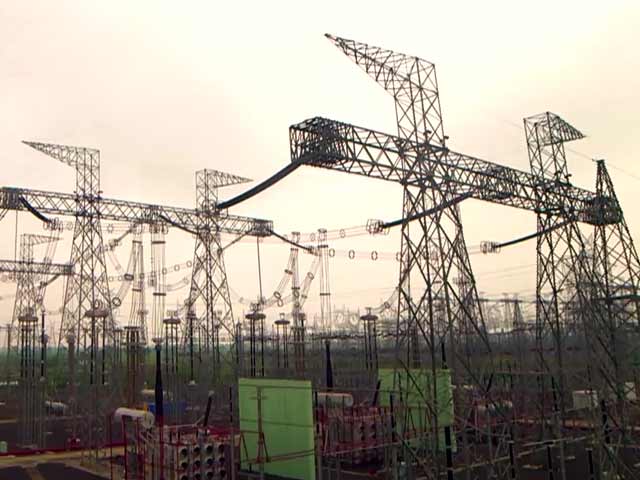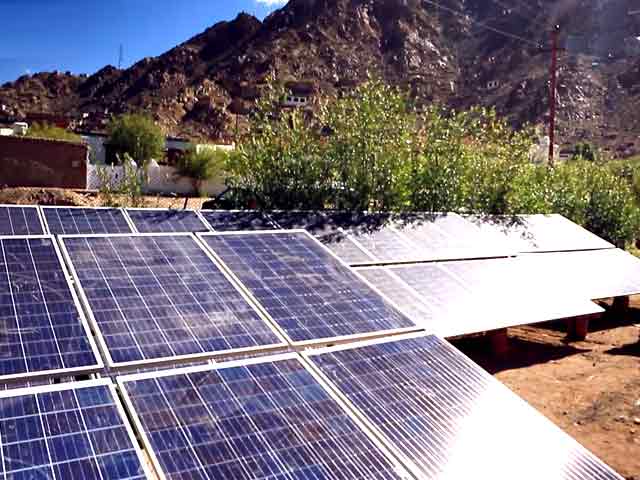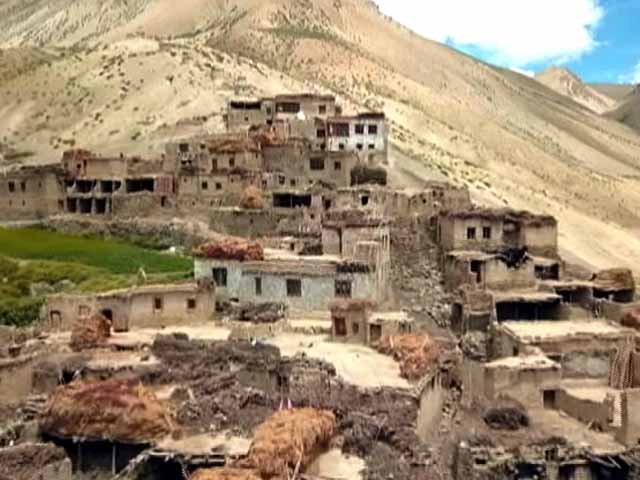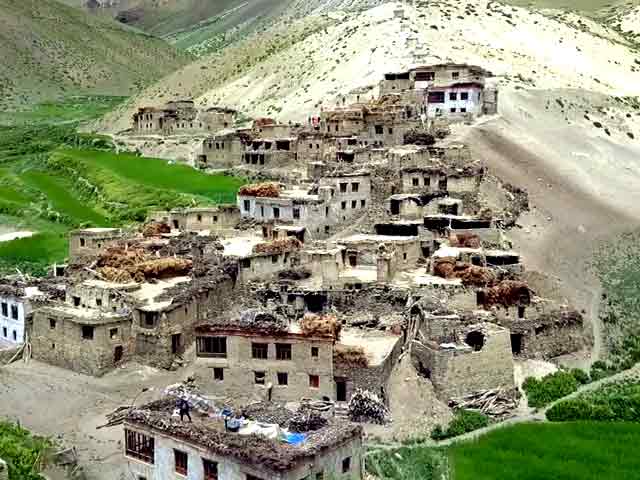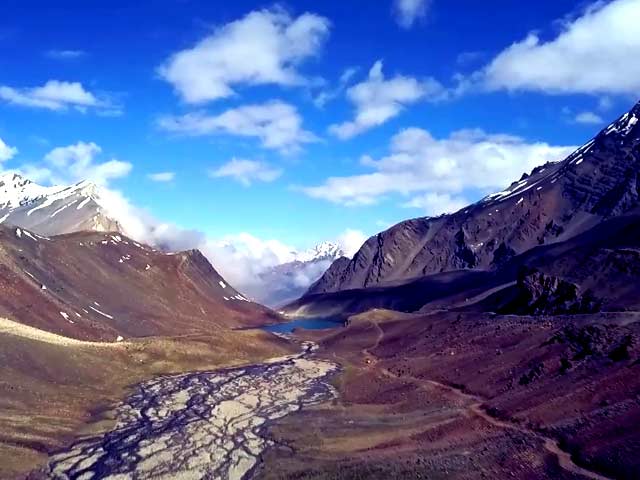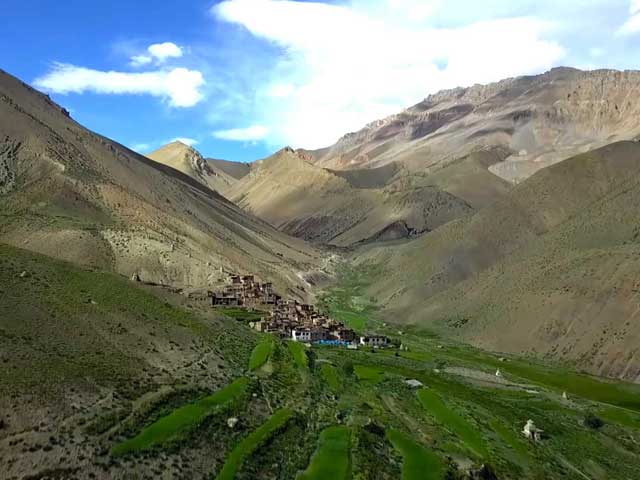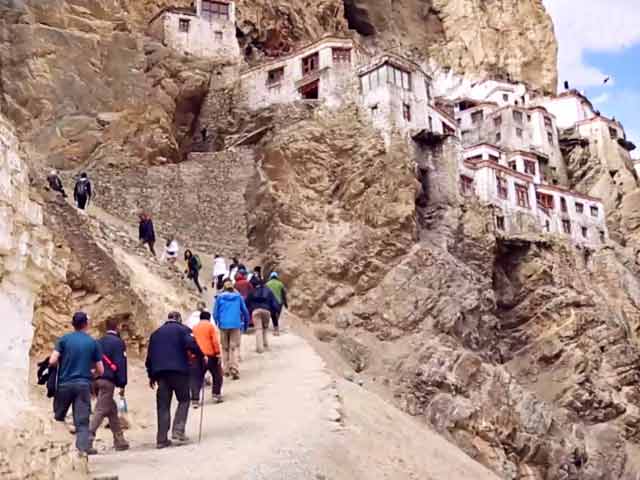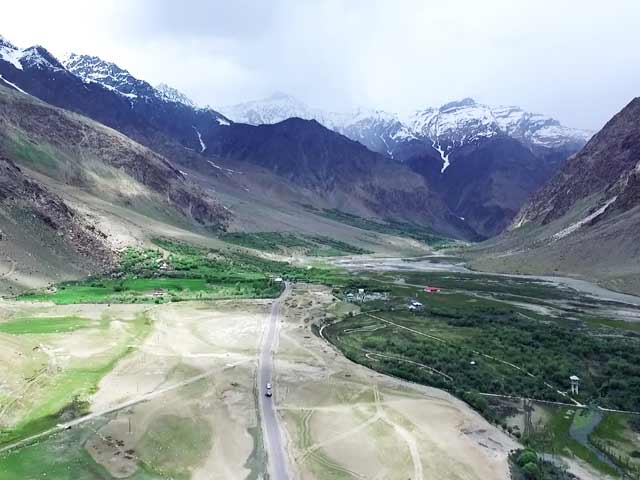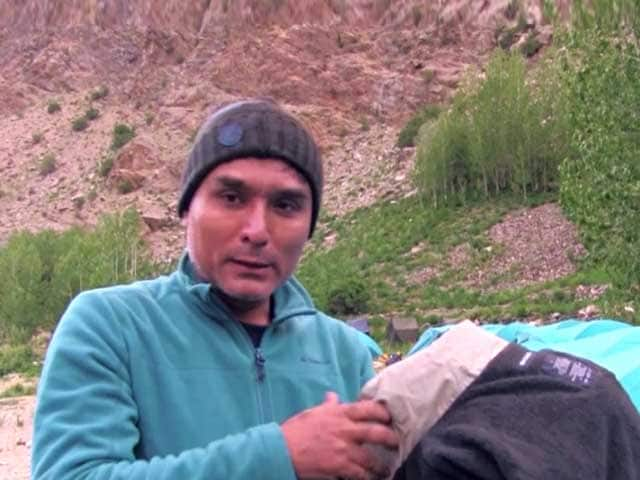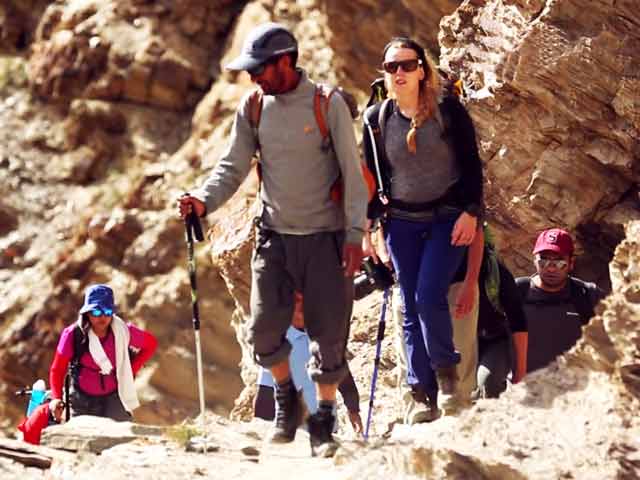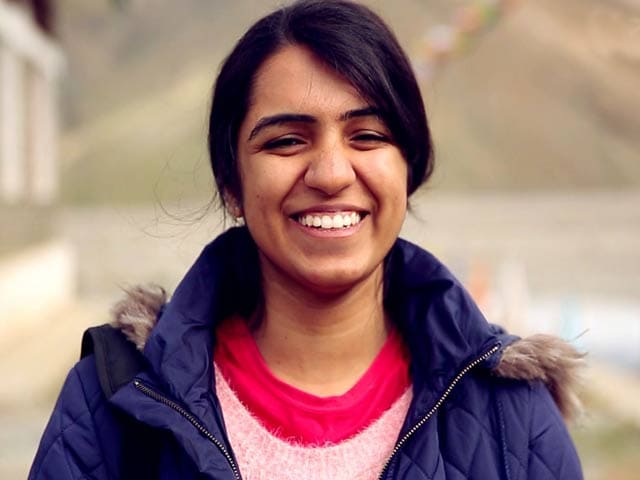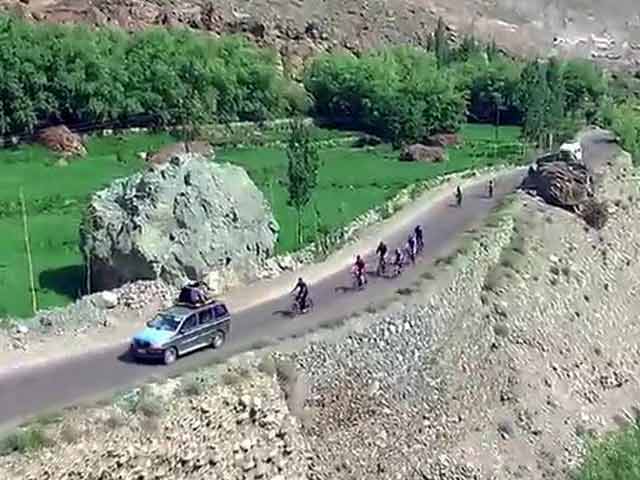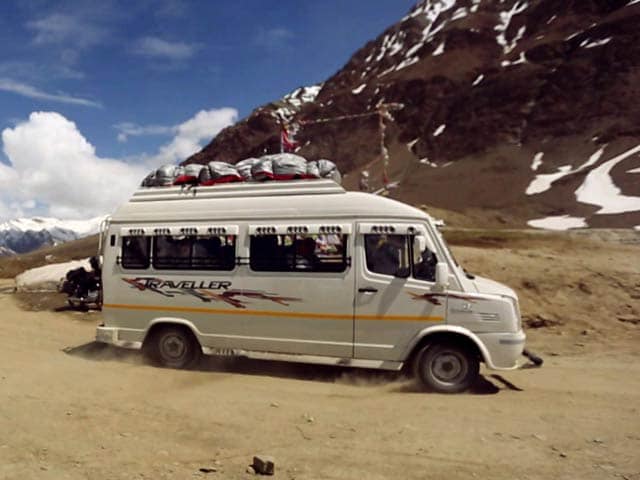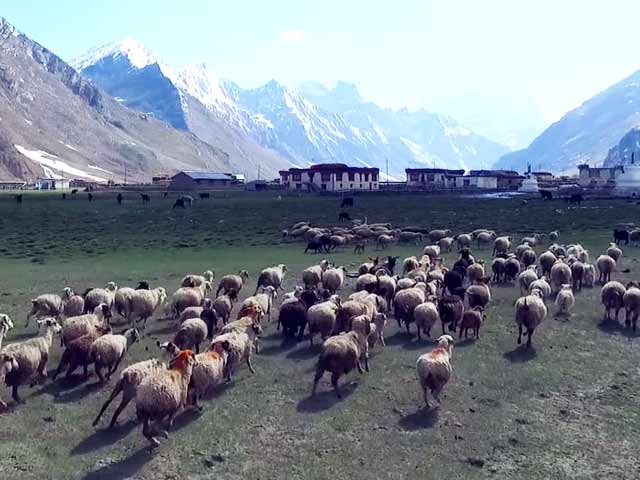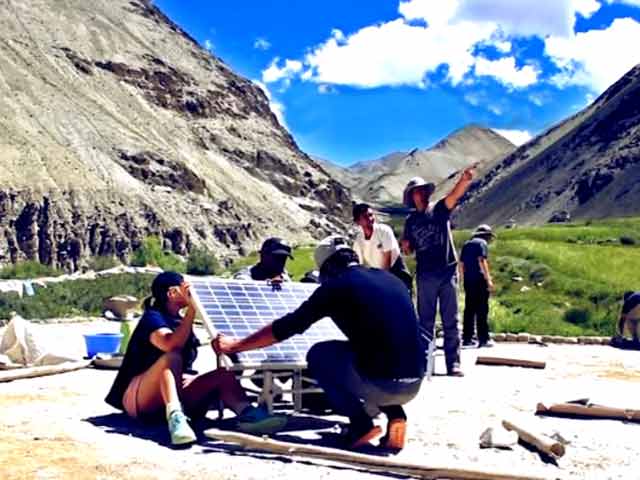
Lighting The Himalayas - Season 2
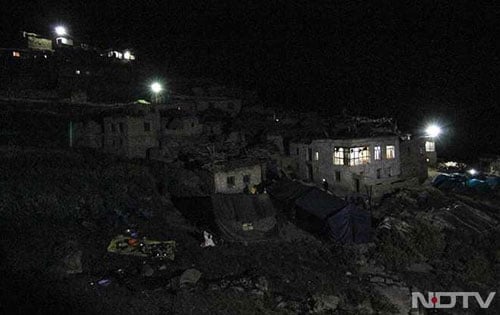
NDTV once again unites with Global Himalayan Expedition (GHE) to tackle the energy poverty situation in the most secluded and backward region of Zanskar, Ladakh, by installing Decentralized DC Micro grids with a sustainable and holistic economic model.
Season 1 of Lighting the Himalayas witnessed the 2500 year old Phugtal Monastery’s transition from darkness to light.
Season 2 will see the illumination of the remotest village of Zanskar, called Shade.
Route Map
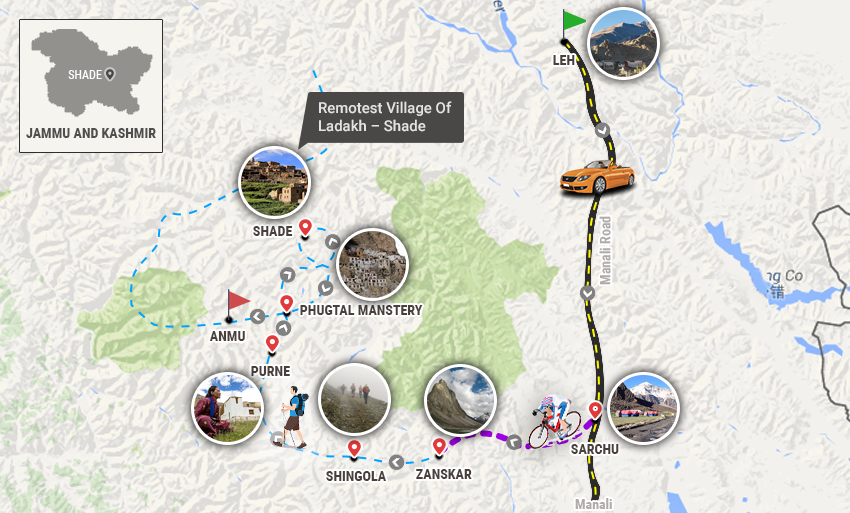
In Pics
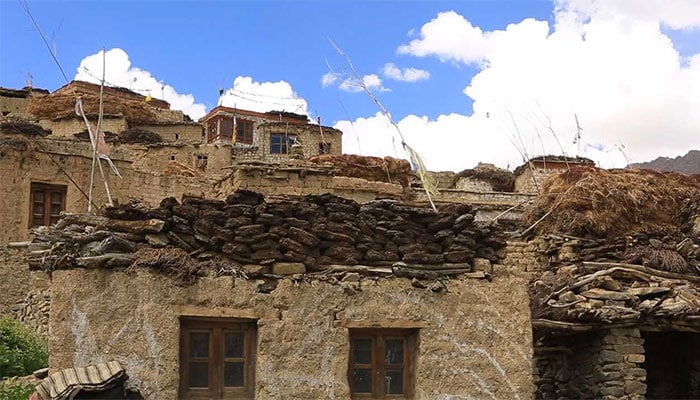
Made with mud bricks and sticks and straws, these homes provide the people of Shade some shelter from the scorching sun, the chilly winds, snow and subzero temperatures.
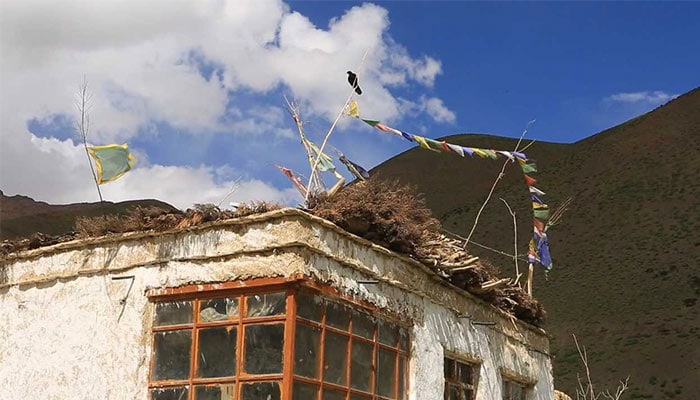
Although, in these parts of the Zanskar valley not much fauna can be seen. But these beautiful creatures were spotted flying over Shade village, probably scavenging for food.

Wool weaving and farming are the two main trades of Shade and every year this old man walks for 3 days, to reach the nearest town to sell his wool.

Summers bring plenty of water to the valleys, but the winters take away the same.
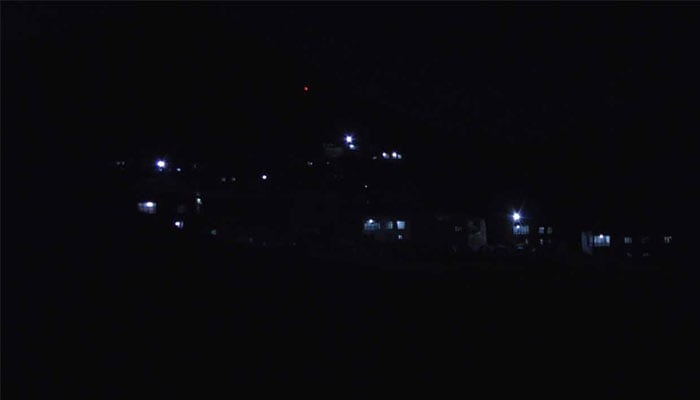
Once and for all the streets of Shade are safe and so are the homes.

Fascinated with the crew, these little Ladakhi kids, simply followed us around, but got shy the moment we angled the cameras towards them.
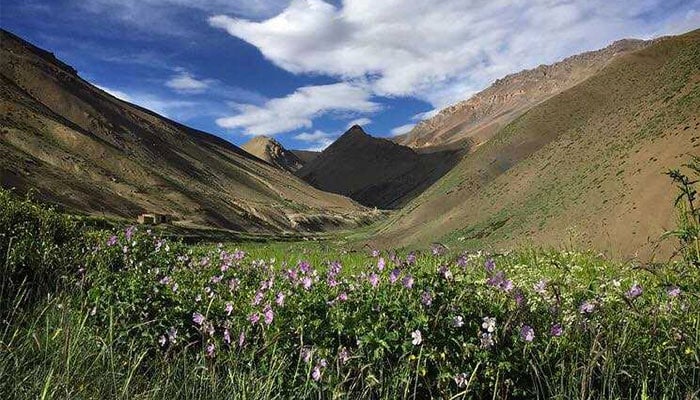
At 14000 feet, the flowers of shade grow wild and colourful.
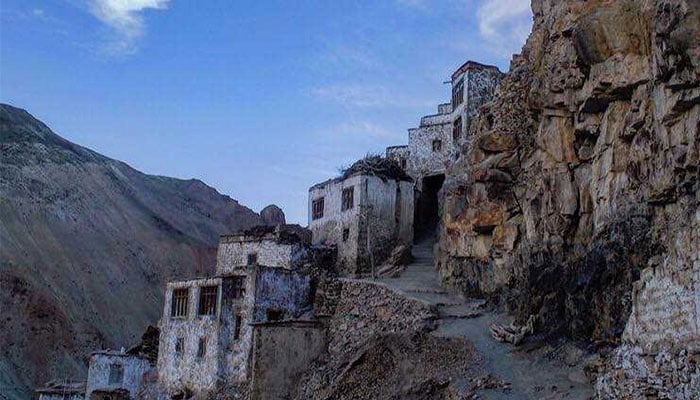
A view of the cave monastery from the other side.
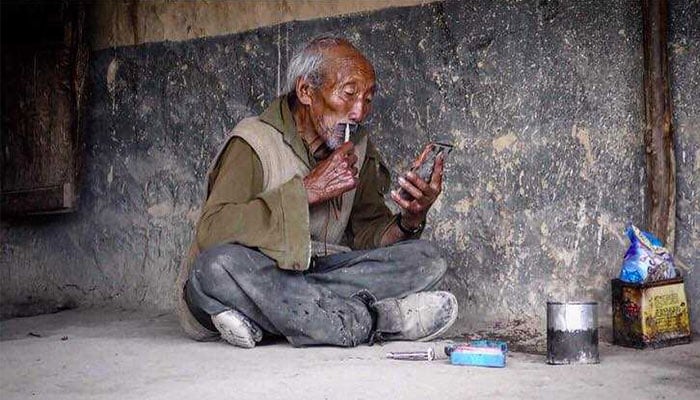
81 years old Jigmet grooms himself before the sunsets and celebrations begin for his village's electrification.
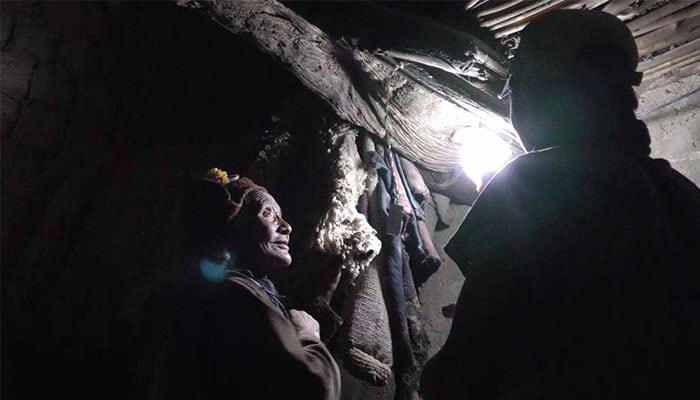
This is the moment when a 75 year old woman sees a lit up bulb for the first time.
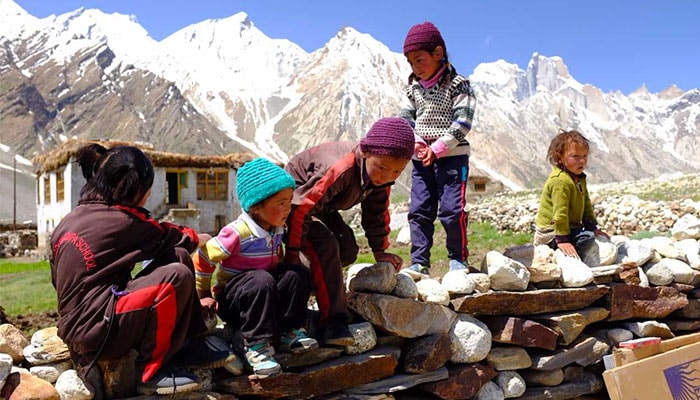
The chubby little bundles of joy all the way from Shakma Karpo village
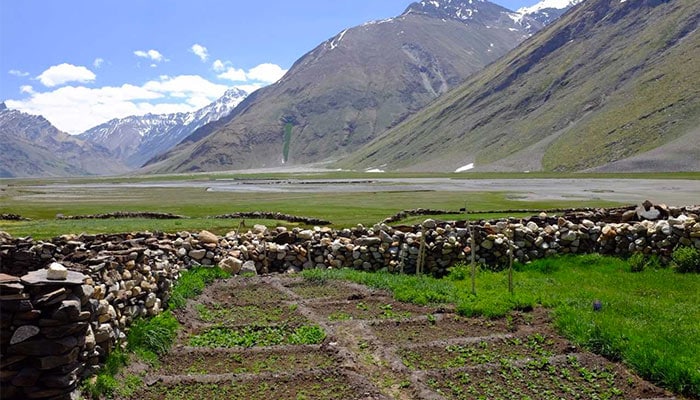
Sustainable living is the way of the mountain people. Here is a quaint farm off the road from Kargil.
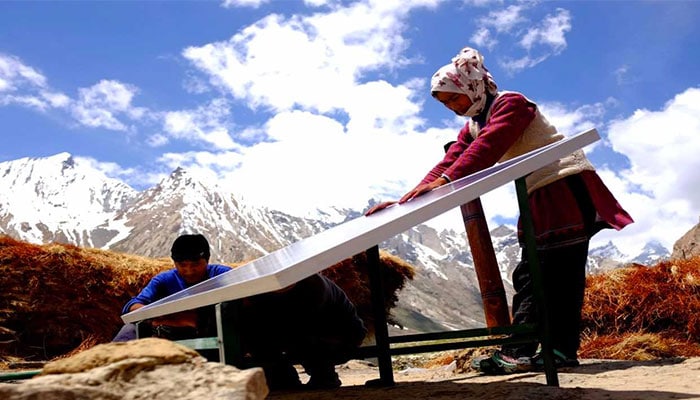
Meet the girl who brings electricity to the remotest parts of Zanskar.

Waiting eagerly to finish the job and for the sun to set.
Photos - Season 1
More PhotosWatch
The remote Himalayan villages are struggling with basic amenities even in the 21st century. They live in the dark with limited resources, medical support and education. The potential of thousands of children remains untapped. NDTV, in association with Global Himalayan Expedition (GHE), will power up Shade, which is around 420 km from Leh and is the remotest village of Zanskar, Ladakh. To achieve this herculean task, the team drove for 300 km on the Leh-Manali (NH3) highway to reach Sarchu, a serene campsite at the cusp of Jammu & Kashmir and Himanchal Pradesh. The last leg of the drive ended at the bottom of Shinkula pass. The team then trekked from Shinkula to Phugtal village, the ancient monastery of the Zanskar, and then to Shade. Solar micro-grids that produce green energy were installed to light up the village.
About Ladakh's Remotest Village - Shade

Shade is the remotest village of the Zanskar valley. It takes around seven days to trek from the last motorable road to Shade. The village is home to a total of 11 families and about 70 residents. Isolated from the world and advancements of the 21st century, the village still resorts to traditional methods of cooking using kerosene and wood, and earn their livelihood by rearing goats, horses, making pashminas and other handicraft.
Shade plunges into darkness after every sunset. The nights are a real struggle, the air is thin and lacks about 40% oxygen but the scenic beauty of its grass covered landscape during the day is worth mentioning. Their eco-friendly lifestyle is also an impressive example of the peaceful interaction between the citizens of Shade, and nature.
The residents of village Shade have limited access to the outside world. In this season of Lighting The Himalayas, experience a leap of transformation in the lives of the humble residents of Shade. Witness the change makers endure the harshness of a cold desert to change the lives of Shade people forever.
................................ Advertisement ................................
About the Initiative
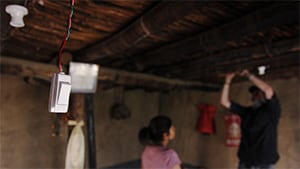
The remote settlements of the Himalayas continue to struggle for basic amenities in the 21st century. The future of these communities is at stake. They live in extreme climatic conditions, without electricity, health care and education.
Lighting the Himalayas is a journalistic feature series, committed to procurement and documentation of the on ground installation of renewable powered electric grid systems with cost effective, sustainable and scalable designs.
The great Himalayan ranges continue to bear the effects of climate change in the most extreme weather and living conditions. Longer summers, heavy rainfall, floods, droughts and soaring temperatures are one of the more evident symptoms of this disease.
To add to the severity of climate change almost 3000 Himalayan villages are based above an altitude of 13,000 Ft, which ensures that they remain cut-off from the world for over half a year.
The Lyungnak valley of ladakh, which is also home to the 2500 Phugtal Monastery and the remotest village of Zanskar Shade, has witnessed several calamities due to climate change in the last few years.
This is the story of bringing light to one of the remotest and oldest villages in the world. At an altitude of 14,300 feet, a team of highly motivated change makers, from several corners of the world take on the task of installing sustainable and scalable solar power grids in this pristine hamlet.
This endearing challenge begins in Leh, only to be redeemed 750 kilo meters away in the heart of the steepest, most unhabitable mountain peaks.
Season 1 of Lighting the Himalayas witnessed the 2500 year old Phugtal Monastery’s transition from darkness to light. And Season 2 will see the illumination of the remotest village of Zanskar, called Shade.
About GHE

The Global Himalayan Expedition (GHE) is a social impact enterprise focused on creating tangible change in the remote Himalayan communities. Their approach includes, seeking of beauty and wisdom of the Himalayas and to share it with others through such expeditions. GHE aims to install sustainable & scalable solar power for the rural population of the Himalayan ranges. Their lives are pledged to the provision of green energy and education for the humble residents of this acute landscape.
In the past, GHE has held many other expeditions that involved successful installation of solar power in 10 off-grid Himalayan villages located above an altitude of 12000 Feet. In the near future, GHE will power up 30 more villages and bring light to them.
Videos
More VideosJoin Us
................................ Advertisement ................................


